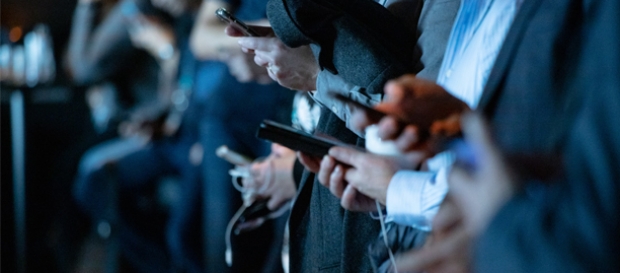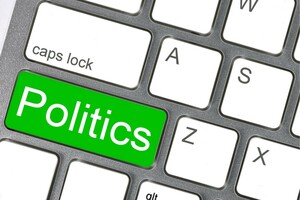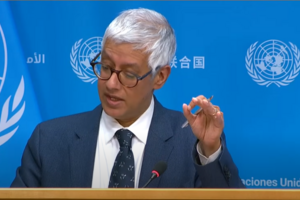Media Outlets Should Be Transparent About Their Bias

From The Right
This article is from an author rated Lean Right.
It’s not a secret: the media is highly partisan. Whatever the news story happens to be, a cursory glance at most news outlets shows whether they like or despise President Trump, and whether they hold liberal or conservative values. Should media outlets openly admit their bias? And would balanced news even be commercially viable?
In a striking op-ed published May 25 in the Wall Street Journal, former CBS News president Van Gordon Sauter said a return to balanced news may be commercially unviable, as pandering to partisan loyalties ensures people return again and again to the outlets that confirm their beliefs. And it goes beyond business — Sauter says the media sees “no personal, professional or financial reason to change. The media likes what it is doing. Admires it. Celebrates it.”
Sauter goes on to recommend that the media be transparent about their bias, that more publishers and writers should state: “Yes, I am left of center! I’m proud of it. I think our reporting is accurate.”
Sauter is absolutely right that transparency about bias is needed. It is essential for credibility. After all, why should we trust a media outlet if they will not admit what is so obviously true — that they have a partisan leaning?
Yet most journalists hold a veil to their true partisan loyalties. The guise of objectivity suits them, but is a facade. Using a patented scientific process, AllSides has rated the bias of over 600 media outlets, and we find that less than a quarter — about 19% — warrant a “Center” rating, with “Center” being defined as a source that does not predictably publish perspectives favoring either end of the political spectrum — conservative or liberal (Center may not be ideal either, since these outlets can omit certain perspectives or have other kinds of bias).
Bias is natural — everyone has a bias, including journalists. But hidden bias manipulates and divides us. One-sided information flow puts important perspectives into the shadows and gives us a narrower view of events.
But would balanced news be profitable? Sauter thinks not, but here he may be wrong. Data actually shows growth in the demand for balanced news. In 2018, 78% of Americans told Pew Research they prefer news from a source that doesn't have a particular partisan slant. This was a dramatic increase from a 2012 survey that found 64% prefer news without a particular point of view. In addition, 75% say it is never acceptable for a news organization to favor one political party when reporting the news.
Perhaps on the level of individual outlets, Sauter is right that it is not commercially viable for journalists to provide balanced news. It is unlikely that partisan media will run the risk of alienating their audiences with more balanced content. But the data shows that Americans are ready for a birds-eye view of the media, tools that make bias transparent and help us to understand each other. After all, the effects of one-sided media are starting to show: 93% of Americans say incivility is a problem; 68% say it's a crisis.
We can’t rely on the old guard to fix themselves. Established vocations are often the slowest to catch up with what people want today.
Newer media companies are filling the gap. Traffic to AllSides.com, which provides balanced news via media bias ratings and multiple perspectives, was up with 569% more views compared to April last year, and has been steadily increasing by an average of 32% month-over-month for the last 10 months. Other new entrants like the Smart News app show news from all different sides, while Yahoo! News is making a concerted effort to be less left with its The 360 series. Some old guard media outlets are beginning to advertise that they are offering news from all different sides — even if their marketing and editorial teams seem to be miles apart.
Even if legacy media outlets seek to retain readers by pandering to partisan loyalties, there are plenty of signs Americans are demanding bias transparency and perspectives across the spectrum.
Americans do not want to be manipulated. Whether it’s individual media outlets becoming transparent about their bias, or third parties doing the work for them, Americans will be better off when they can clearly know the political slant of any given media outlet. This is, after all, the beginning of being able to truly think for ourselves.
John Gable is the CEO and Co-Founder of AllSides. He has a Lean Right bias.
This piece was co-written by Julie Mastrine, Director of Marketing at AllSides, who Leans Right; it was reviewed by Henry Brechter, who has a Center bias.

May 21st, 2024


May 16th, 2024

May 16th, 2024